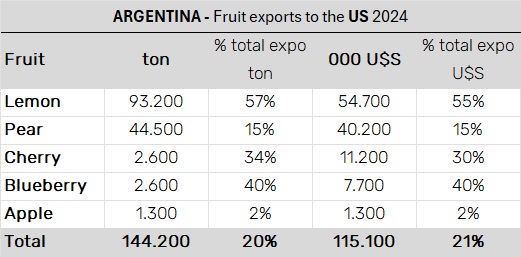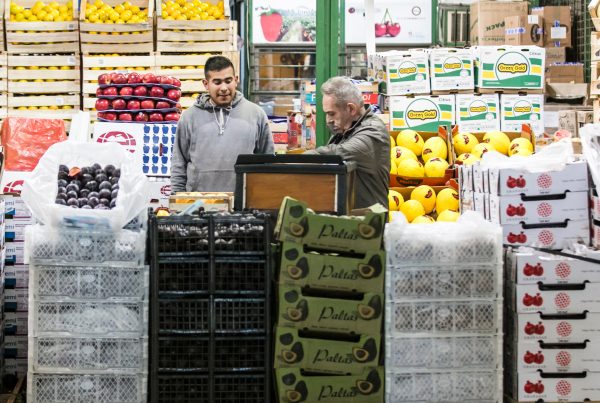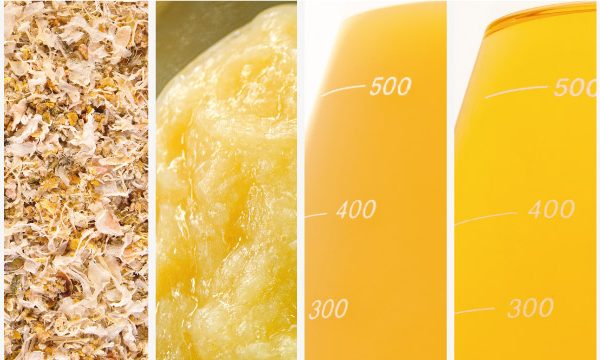Newsletter 184 – 04.22.2025
President Trump's announcements to increase tariffs by 10% have revolutionized the fruit sector. The main concern is who will absorb this plus. It can hardly be transferred to the price paid by the American consumer, not very flexible to price increases, and retailers are not willing to risk part of their market share. The dilemma that is raised to producers and exporters is to absorb this plus diminishing their profits, or looking for other markets, something no so easy since all countries face a new distribution of world trade.
Both Chile and Peru have had a fluid commercial relationship, with tariff advantages. It is unknown if this will represent an advantage in the current negotiation scenario.
The situation varies strongly between products and suppliers according to the higher or lowerdependence they have of the North American market. An extreme case would be the Chilean citrus fruits, which are sold by 90% to the US, while in cherries the only send 3%.
Peru
The US are the first Peruvian fruits market. 37% of the volume and 42% of the exports value of the main fruits are sent there. The higher dependence is on blueberries, the main fruit exported by Peru. 56% of the volume and 58% of the value goes to the US. Similar situation is given for tangerines, with a similar participation USA (56-57%). In grapes, mango and lime also the North American market is the most important; receiving 47% of grapes, 39% of limes and 34% of the mango. Only in the case of avocado, the second fruit exported by Peru, Europe is the main market, is followed by Latin America and the US, with a 12% participation, is in third place.
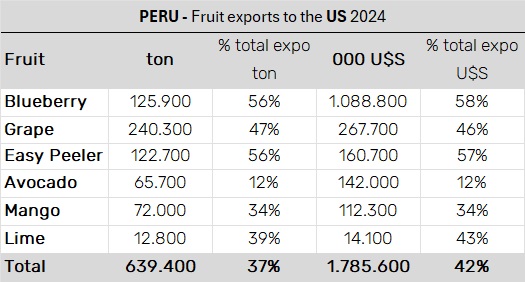
Chile
In the fruit exports of Chile this dependence is lower than in Peru. 32% of the volume and 16% of the value is directed to the US. The big difference between the participation of volume and value, is due to the different prices paid according to the market. The cherry, the main fruit exportedby Chile, is mainly sent to China where it is sold at high prices compared to other destinations. Also in grapes and blueberries, prices in other markets are higher than in the US.
In Chile the situation of every fruit is quite different. Citrus depends totally on the North American market; sending 93-96% of sweet citrus fruits and 64% of the lemon there. Also in case of grapes and blueberry the US are the first destination, sending 62% of grapes and 46% of the blueberry.
At the other end,there are cherries, apples, pears and avocados, with a low incidence. Cherries are mainly destined to China, leaving little for other destinations. Apples and pears found their main market in Latin America, followed by Europe. Avocados are sent to Europe, Latin America, China, being the US a secondary destination.
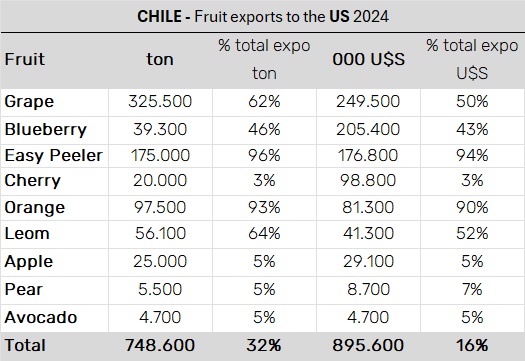
Argentina
Of the 3 countries analyzed, Argentina has the lower dependence. Only 20% of fruit exports are directed to the US. The higher dependence occurs in the case of lemon, which sends 57% of the volume and 55% of the value to the US. Also in case of cherries and blueberries, the US are the first destination, receiving 40% of blueberries and 30-34% of cherries. The main market of apples and pears is Brazil and other Latin American countries. Relatively little is sent to the US, 15% of pears and only 2% of apples.
